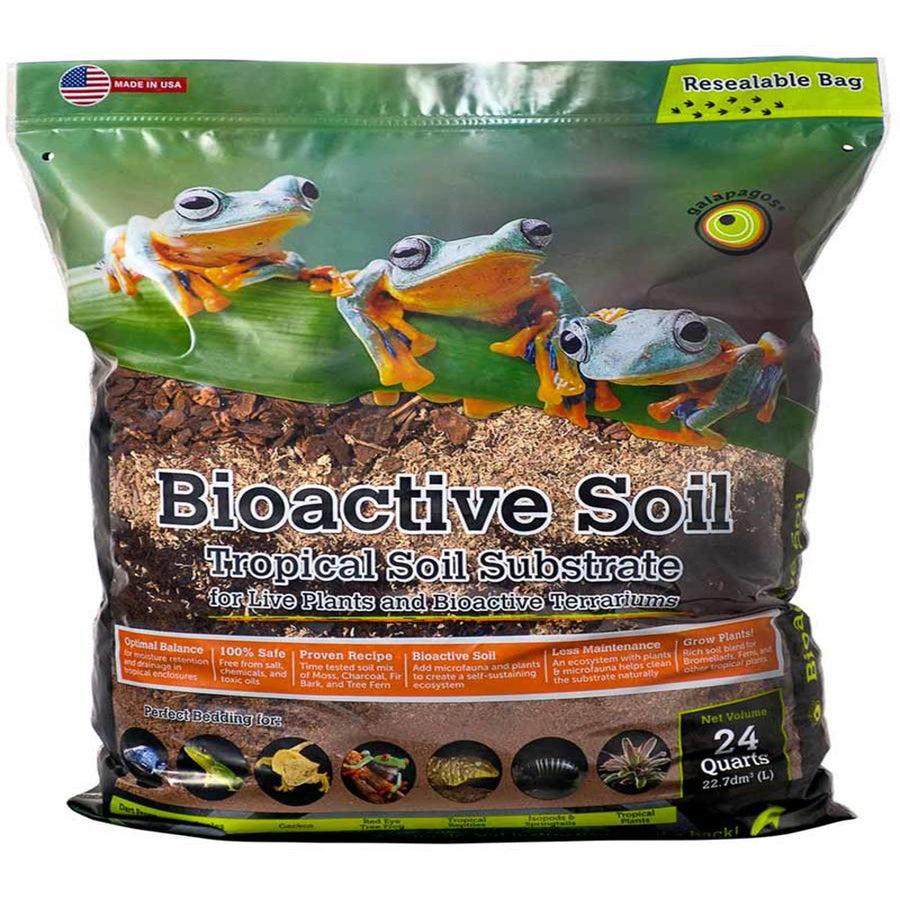NEW FISH GUIDE
New Fish Guide: Your Ultimate Resource for Freshwater and Saltwater Fishkeeping
Are you thinking about starting your journey into the world of fishkeeping? Or maybe you're an experienced aquarist looking for more insights? Whether you're new to the hobby or a seasoned veteran, the New Fish Guide is here to help you make informed decisions about everything related to freshwater and saltwater fishkeeping. In this comprehensive guide, we'll explore tips for beginners, maintenance strategies, and a deep dive into some of the most popular fish species to add to your aquarium.

Why Fishkeeping?
Fishkeeping is more than just a hobby; it’s a way to bring a slice of nature into your home. It offers a peaceful escape, with the soothing sights of fish swimming gracefully in an aquatic world. Additionally, watching and caring for fish is known to reduce stress, enhance creativity, and improve mental well-being.
Starting Out: What Do You Need?
Before diving into fishkeeping, there are a few essential things you need to consider. Here’s a checklist for beginners:
- Aquarium Setup:
- Choose the right tank size based on the fish species you're interested in. A 20-gallon tank is a great starting point.
- Equip your tank with a filtration system, heater (for tropical fish), lighting, and substrate.
- Cycle the tank to build up beneficial bacteria and establish a balanced environment for your fish.
- Water Testing Kit:
- It’s crucial to test for ammonia, nitrites, nitrates, pH levels, and water hardness. Keeping these levels balanced will ensure your fish stay healthy.
- Fish Food:
- Depending on the species, fish have different dietary needs. Have a variety of foods like flakes, pellets, and live or frozen options like brine shrimp or bloodworms.
- Decor and Hiding Spots:
- Fish need places to hide and explore. Adding live plants, rocks, and caves can create a natural environment and reduce stress for your fish.

Freshwater vs. Saltwater: Which is Right for You?
One of the first choices you’ll need to make is deciding between a freshwater or saltwater aquarium. Each has its unique challenges and rewards.
- Freshwater Aquariums: These are generally easier to maintain and are recommended for beginners. Popular freshwater fish include guppies , betta fish , tetras , and cichlids . These species are hardy, easy to care for, and come in a variety of vibrant colors.
- Saltwater Aquariums: While more challenging, saltwater tanks allow you to keep exotic and colorful species like clownfish , tangs , and even coral . Saltwater tanks require precise water conditions, and they can be a little more costly to set up and maintain, but the payoff is a stunning underwater world.
Fish Species to Consider
Choosing the right fish is essential to the success of your aquarium. Here are some beginner-friendly and exotic options:
- Freshwater Species:
- Betta Fish: Known for their bright colors and flowing fins, bettas are a top choice for smaller tanks. They prefer calm waters and don’t require complex setups.
- Neon Tetras: These small, vibrant fish are perfect for community tanks. They’re peaceful and look stunning when kept in groups.
- Guppies: Known for their adaptability and breeding ease, guppies come in various colors and patterns, making them an eye-catching addition.
- Saltwater Species:
- Clownfish: Made famous by *Finding Nemo*, clownfish are hardy, easy to care for, and thrive in saltwater tanks with anemones.
- Damselfish: These are great for beginners due to their resilience. They are active and display bright colors.
- Royal Gramma: This vibrant purple and yellow fish is peaceful and a beautiful addition to any saltwater tank.
Tips for Maintaining a Healthy Aquarium
- Regular Water Changes: Replace about 10-20% of the tank water weekly to maintain good water quality. This helps remove toxins and keeps the environment clean for your fish.
- Monitor Water Parameters: Use your testing kit regularly to ensure ammonia and nitrite levels remain at zero. High levels can be deadly for fish.
- Feeding Schedule: Overfeeding is a common mistake. Feed your fish once or twice a day with an amount they can consume within two minutes.
- Tank Cleanliness: Clean algae off the glass, remove uneaten food, and siphon debris from the substrate during water changes.

Avoid These Common Beginner Mistakes
- Overstocking the Tank:
Adding too many fish too quickly can overwhelm the tank’s filtration system and lead to poor water quality. Always research the space requirements of each species before adding them to your tank.
- Ignoring the Nitrogen Cycle:
Cycling the tank before adding fish is critical. Without this step, fish are at risk of toxic ammonia and nitrite poisoning. Be patient, and wait until your tank is fully cycled.
- Mixing Incompatible Species:
Not all fish get along. Aggressive fish like cichlids may bully more passive species. Always research the temperament and tank mates for each fish species.
Final Thoughts: A Rewarding Hobby Awaits
Fishkeeping is a rewarding and educational hobby that offers endless opportunities to learn and grow. With proper planning, patience, and the right guidance, your aquarium can become a thriving, tranquil oasis. Whether you choose to start with a freshwater setup or venture into the world of saltwater aquariums, the New Fish Guide is here to support you every step of the way.
Stay tuned for more in-depth guides, tips, and fish care tutorials to help you become the best aquarist you can be!











